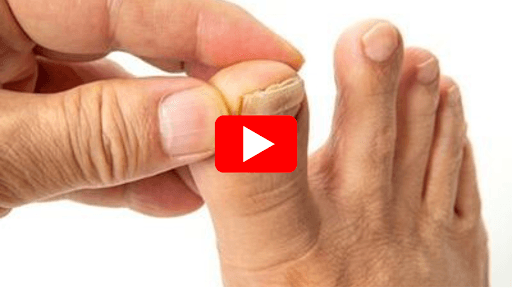PCOS and Testosterone: What Every Woman Should Know! 💡#pcos #hormones
It's essential to note that while testosterone is often termed as a 'male hormone,' it also plays significant roles in female bodies. Some amounts of testosterone in women are completely normal and beneficial, contributing to overall health. However, when testosterone levels spike beyond normal, it leads to a myriad of health issues.
When testosterone levels exceed the healthy range in a female body, pronounced symptoms resembling Polycystic Ovary Syndrome (PCOS) may appear. Symptoms include:
- Balding or thinning of hair on the scalp
- Excessive hair growth, particularly on the chin
- Persistent acne
- Irregular or missed menstrual periods
- Lack of ovulation
High testosterone without proper conversion processes leads to disruptions within the female body systems, marking the onset of various health issues linked to male sex hormone dominance in females.
Managing insulin levels through diet and lifestyle changes is crucial to ensuring that testosterone levels remain in balance. Addressing these underlying factors can help alleviate symptoms and maintain a healthier hormonal environment.
From Around The Web
Wellness Inbox is a blog & weekly newsletter that curates trending news and products related to health and wellness from around the web. We also gather content from various sources, including leading health professionals, and deliver it directly to you.
Please note that we may receive compensation if you purchase any products featured in our newsletter. Wellness Inbox is not affiliated with, nor does it endorse, any health professionals whose content may appear in our newsletter. The information provided is for general informational purposes only and should not be considered medical advice.
The information provided is not intended to replace professional medical advice, diagnosis, or treatment. All content, including text, graphics, images, and information available is for general informational purposes only. We do not guarantee the accuracy or completeness of any information presented and assume no liability for any errors or omissions. The content is subject to change without notice. We encourage you to verify any information with other reliable sources and consult your physician regarding any medical conditions or treatments.







